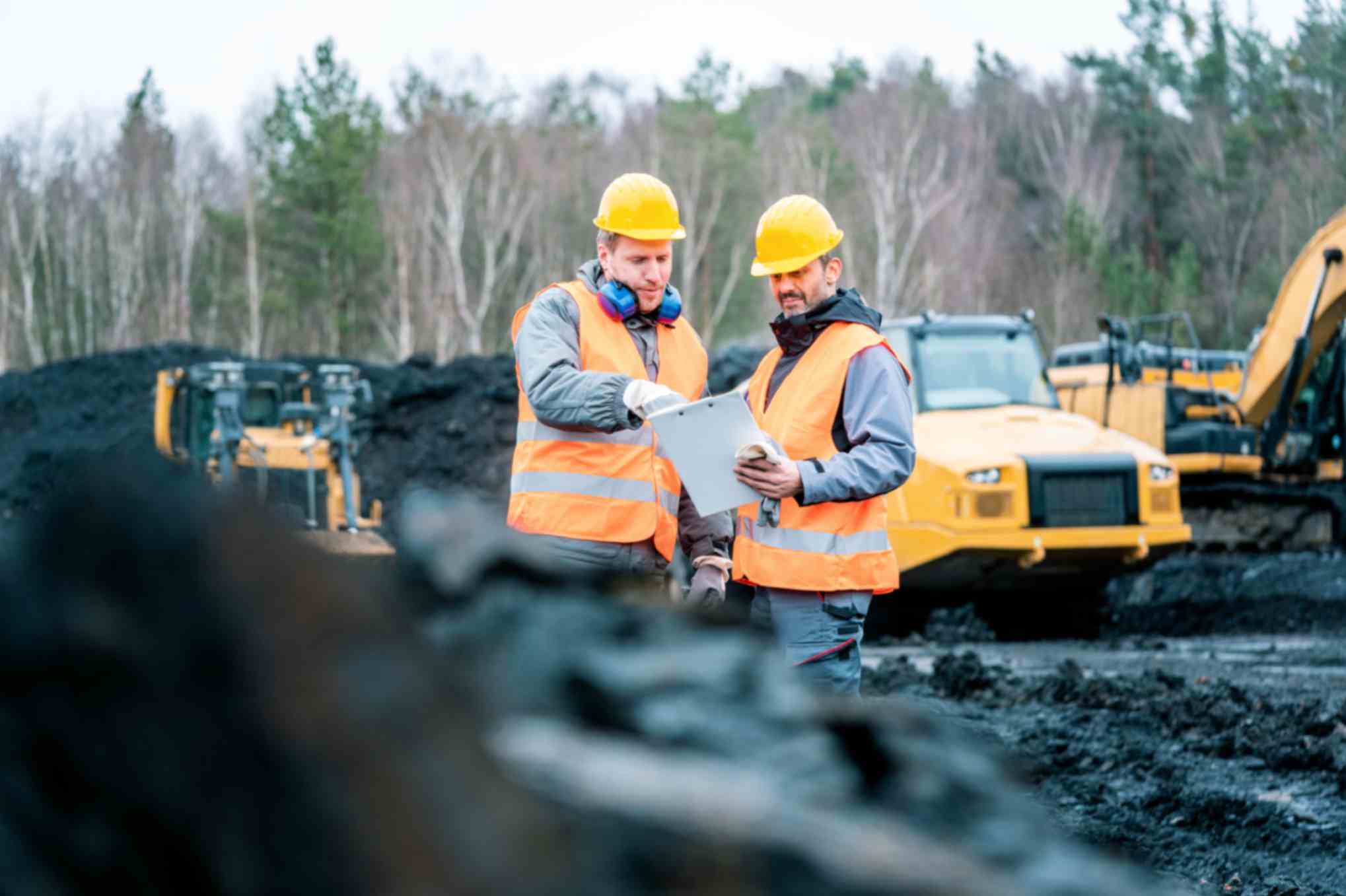
Construction Sites Trenching and Excavation Safety
When it comes to trenching and excavation safety, Bailey Excavating INC in Jackson, MI, is laying the groundwork for a secure work environment.
But, have you ever considered the hidden dangers that lurk beneath the surface?
With stringent safety protocols and a commitment to ensuring the well-being of their team, Bailey Excavating INC is setting a standard worth exploring further.
Importance of Trenching Safety Measures
When working in trenches, prioritizing safety measures is crucial to prevent accidents and protect workers from potential hazards.
- Soil stability is critical to preventing trench collapse incidents. Factors like soil type, moisture content, and nearby vibrations affect stability. Conduct a thorough soil analysis and use appropriate shoring techniques.
- Trench collapse poses serious risks to workers. Sudden wall failure can cause injuries or fatalities. Adhere to safety measures like regular inspections, adequate trench sloping, or trench shielding to reduce risks.
- Proper safety measures can reduce risks. Adherence to guidelines and the use of technologies can enhance worker protection and minimize accidents related to soil instability and trench collapse.
Training Programs for Excavation Safety
Training programs for excavation safety play a pivotal role in equipping workers with the necessary knowledge and skills to mitigate risks and ensure a secure work environment.
- Safety certifications from training programs enhance workers' understanding of excavation hazards, safe practices, and emergency procedures, demonstrating a commitment to workplace safety.
- Training programs promote hazard awareness, helping workers identify risks like cave-ins, falling debris, hazardous atmospheres, and equipment-related accidents.
- These programs emphasize implementing control measures to minimize risks, fostering a safety culture. Workers learn to assess job site conditions, use protective systems, and respond to emergencies effectively.
Utilizing Proper Protective Equipment
Proper utilization of protective equipment is essential for ensuring worker safety during trenching and excavation activities. When engaging in these tasks, it's crucial to adhere to safety protocols by wearing the proper gear. This includes but isn't limited to hard hats, safety glasses, gloves, steel-toed boots, and high visibility clothing.
Hard hats protect against head injuries from falling objects, while safety glasses shield the eyes from debris and dust. Gloves provide hand protection from sharp objects or chemicals, and steel-toed boots offer foot protection in case of heavy objects or tools falling. High visibility clothing ensures that workers are easily seen on-site, reducing the risk of accidents.
Protective System: Emergency Response Planning and Procedures
To ensure workplace safety during trenching and excavation operations, an effective emergency response plan and clear procedures must be established.
- Conduct regular emergency response drills to prepare workers for potential hazards and emergencies that may arise during trenching and excavation activities, to ensure a coordinated response in case of an incident.
- Establish clear communication protocols among all workers on-site to facilitate effective coordination during emergencies.
- Innovative approaches to emergency response planning involve incorporating technology for real-time tracking of workers in trenches and excavation sites, enabling quick identification of individuals in distress.
- Incorporate real-time tracking technology to quickly identify individuals in distress during emergencies.
- Continuously review and update emergency response procedures based on lessons learned from drills and incidents to enhance overall safety preparedness.
Safety Precautions: Ongoing Safety Inspections and Audits
Regularly conduct thorough safety inspections and audits to monitor and maintain the safety standards of trenching and excavation worksites. The frequency of inspections should be determined by the level of risk and the ongoing activities at the site. High-risk sites may require daily or weekly inspections, while lower risk sites could be inspected monthly. During these inspections, focus on identifying potential hazards such as unstable soil conditions, the proximity of utilities, and proper shoring or sloping techniques.
Incorporate an audit process to evaluate the effectiveness of safety measures in place. Audits should be conducted periodically to assess compliance with safety regulations, the implementation of safety protocols, and the overall safety culture within the organization. Utilize this information to make data-driven decisions and continuously improve safety practices. Consider implementing digital tools or software to streamline the audit process and enhance efficiency in identifying and addressing safety concerns promptly.
Safeguarding Your Site: Trenching and Excavation Safety with Bailey Excavating INC in Jackson, MI
For expert safety practices in trenching and excavation, rely on Bailey Excavating INC in Jackson, MI. Our commitment to safety is unmatched, ensuring your construction sites are secure and compliant. Contact us today for comprehensive safety solutions tailored to your needs, safeguarding your workers and projects.
